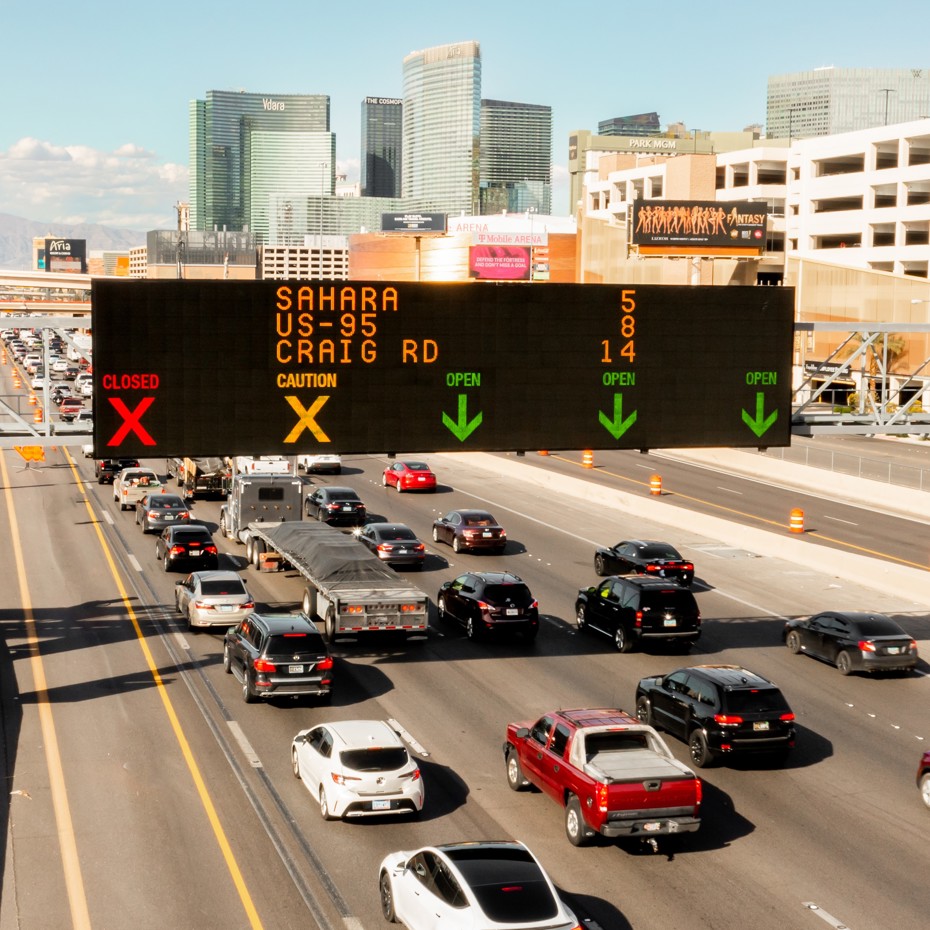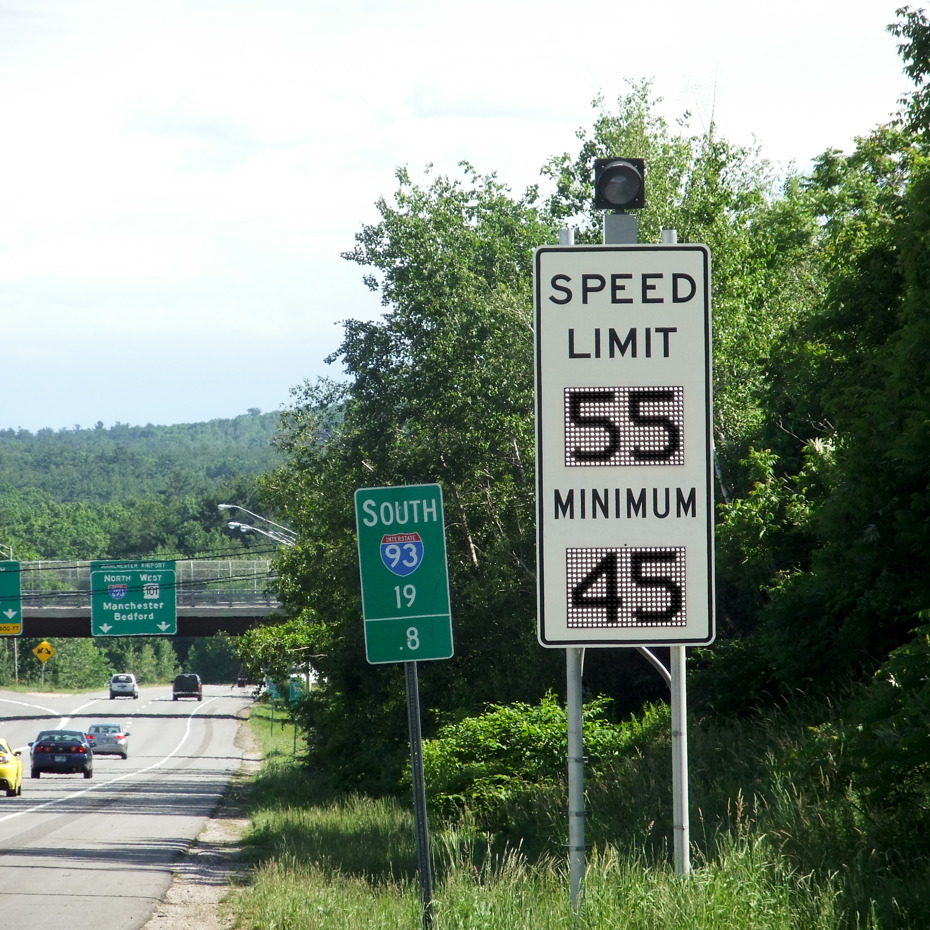New NEMA TS 4 Standards Explained
The National Electrical Manufacturers Association (NEMA) recently introduced updated TS 4 standards for Changeable Message Signs across the US and Canada.
9/29/2023
Categories: Transportation


Daktronics Market Manager Jason Morrison discusses the standards and how it affects the ITS industry. Jason Morrison is the ITS, Parking & Public Transport Market Manager at Daktronics. He also serves as the National Chair of the NEMA TS 4 committee for NEMA, leading the group of market leaders to establish and revise the standards for Changeable Message Signs.
What is NEMA?
NEMA is the American National Standards Institute (ANSI)-accredited Standards Developing Organization, made up of business leaders, electrical experts, engineers, scientists and technicians. NEMA brings together a neutral forum of members to discuss industry-wide concerns and objectives under a legal umbrella.
What is the history of the ITS standards?
NEMA’s 3TS provides standards for transportation management systems and associated control devices for many years. In this article we will concentrate on just one technical committee known as TS 4 – Changeable Message Signs.
It all started in the early 1990s when many different Dynamic Message Sign (DMS)technologies were being installed. There were no set specification standards, and the industry couldn’t agree on how to define a DMS.
So, in 1997, DMS manufacturers came together to form the TS 4 technical committee. In 2005, we published the first National Standard for DMS, and then we released an updated version in 2016.
What’s happening now?
The new standards were released in June of 2023. Download the 2023 Hardware Standards for Dynamic Message Signs (DMS) with NTCIP Requirements
Here is an overview of the updates:
- Language regarding US and Canadian regulations for radio interference requirements
This ensures that any dynamic or changeable message sign emits no radio interference, in keeping with the Federal Communications Commission (FCC) rules. That means emergency and mobile phone service won’t have any interrupted service when near a DMS. - Minimum display refresh rate requirements to minimize impact on autonomous vehicles
The LED refresh rate must be greater than 200 Hz to reduce refresh or flicker rate, so autonomous vehicle technology can read all information on digital signs. - Standards/definitions for Variable Message Signs (VMS) and Dynamic Message Signs (DMS)
Among other things, this standard defines the umbrella term Changeable Message Sign (CMS) as any sign capable of displaying one of two or more predefined messages, or a blank massage. The purpose of CMS as a traffic control device is to provide a real-time traffic regulatory warning or guidance messaging.
Types of CMS include Dynamic Message Signs (DMS), Variable Message Signs (VMS), Hybrid Signs, Blank-out Signs, Flip Disk Signs and Drum Signs.

Dynamic Message Signs (DMS) are full-matrix, high-resolution displays of 20mm pixel pitch or less, that are capable of displaying multiple text, symbol and traffic control devices that are compliant with MUTCD symbols or graphics and with no apparent loss of resolution or recognition.

Variable Message Signs (VMS) are a group of matrix signs that can be either fixed-mounted or portable. They are used to display lines of text (alphanumeric) or basic symbols (keyboard symbols or arrows). VMS uses an array of pixels, greater than 20mm pixel pitch, to display a message or part of a message and may be a character matrix, line matrix, or full matrix. These signs are not capable of displaying compliant MUTCD symbols or graphics.

Hybrid Signs are a type of CMS that combine both static and dynamic elements – such as DMS or VMS – in one traffic control display. Examples of Hybrid Signs include Variable Speed Limits, Speed Feedback, Toll, and Travel Time displays.
How do these new standards affect Daktronics technology?
Honestly, it changes nothing for us because our Vanguard® signs already meet all these requirements, as well as NTCIP and MUTCD specifications.
NTCIP (National Transportation Communication for ITS Protocol) allows interoperability among various manufacturers of ITS products such as DMS, cameras, signals, and communication methods. We recommend purchasing fully NTCIP compliant DMS for easy integration into existing signage networks. Daktronics Vanguard® DMS support all the mandatory groups and many optional conformance groups, including extensions to support full-color displays, power supply status, and advanced pixel diagnostics.
Realizing the critical role MUTCD plays in the effective communication of critical information, Daktronics has been committed to Sharpening the Image of Traffic Management. For over 13 years we have been providing 20mm high-resolution full-color masked face DMS that allow agencies to accurately mimic MUTCD symbols and graphics.
In fact, Daktronics digital technology goes beyond any industry standards so every traveler can clearly see and easily comprehend the information they need. For example, our DMS make it easy to implement MUTCD (Manual on Uniform Traffic Control Devices) standards, which include graphic symbols, greatly improving legibility, comprehension and safety. Studies show that motorists react faster when text is accompanied by a standard MUTCD graphic symbol.
How can testing help surpass the standards?
Daktronics anticipates the needs of our stakeholders, essentially helping them future proof their ITS technology while ensuring its reliability.

Every component is tested rigorously in our on-site Lab Services, where we put every component through 63 steps to measure performance in every condition. (The industry standard is only 17 steps of testing.)
In keeping with the updated NEMA TS 4 standards, Daktronics uses an Electromagnetic Compatibility Chamber (EMC) to make sure our products comply with federal and international regulations on radio frequencies, also known as electromagnetic noise. This testing ensures our products will never interfere with communication, navigation, cellular or first responder communications.
Discover more about our Lab Services testing and how it affects ITS products.